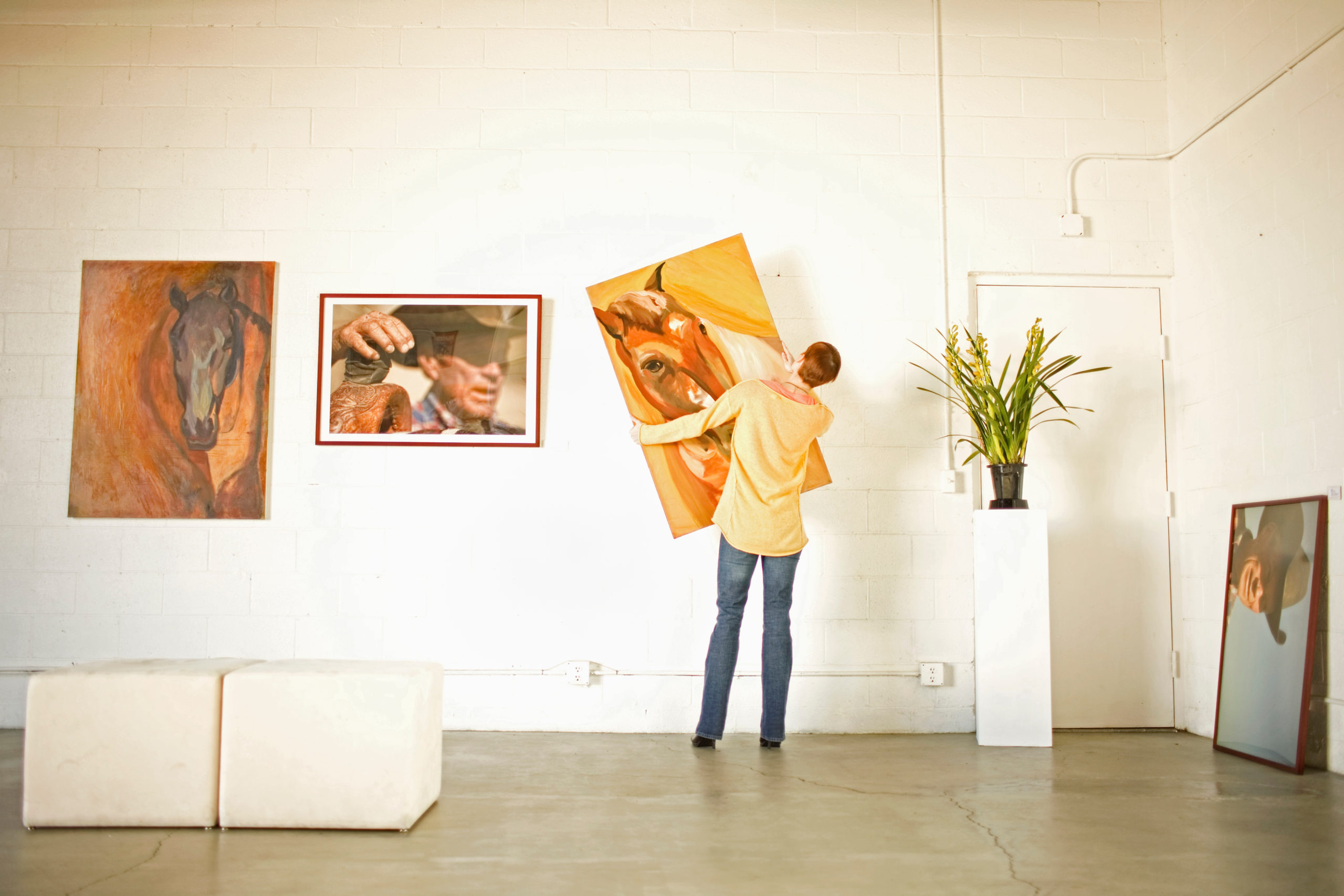Moving to a new house can be an exciting but stressful experience. When it comes to packing and moving, there are several things you need to consider. One important decision is what to do with the items you don’t want to bring with you immediately or even how to keep valuables safe with so many people coming in and out of your home.
As removalists, we share the top 5 items you need to store in a storage facility when moving to help minimise your stress. We’ve even included some frequently asked questions about storage facilities to help you even more. But if you have any questions, our team at Smooth Move Removals is here to help.
5 Essentials to Put Into Storage When Moving
1. Large furniture pieces.
One of the most challenging aspects of moving is transporting large furniture pieces. Items such as beds, couches and dining tables require a lot of space and can be challenging to move, especially if you’re downsizing. If you’re considering whether to keep oversized furniture items, storage can be a great solution.
Another reason you may put large furniture into storage is when you aren’t moving into your property straight away, such as if you need to move into another property inbetween or if you’re renovating. This will save you figuring out stairs and entryways twice, or protecting your furniture from dust and other renovation debris.

2. Seasonal clothing and equipment.
Depending on the time of year you’re moving, storing seasonal clothing and equipment may be a wise choice. If you’re moving during the summer, you may want to store winter clothes and equipment, such as snowboards and skis. Likewise, if you’re moving during the winter, storing summer clothes and equipment, such as bicycles, may be necessary.
Storing your seasonal clothing and equipment when you’re moving, particularly a big or stressful move, can help you take one thing off your list until you’re in a better position to focus on where to permanently place everything. If you don’t have a shed or garage in your new property, permanent storage may be a good option for some equipment too.
3. Electronics.
Electronics such as televisions, gaming systems and computers are valuable items that require extra care when moving. To ensure your electronic devices are not damaged during the move, consider storing them in a climate-controlled storage facility. The environment in a storage facility is controlled, which means that the temperature and humidity are kept at optimal levels. This helps to prevent any damage, such as rust or mildew, to your electronic devices.
4. Valuables.
When you’re moving, you’ll have doors open for long periods of time, and people coming in and out at different times. It’s the perfect opportunity for intruders to sneak in and out without you even noticing.
Valuables such as family heirlooms, jewellery, and other sentimental items should always be packed with extra care. However, if you’re concerned about your items being damaged or stolen during the move, it may be a good idea to store them in a secure storage facility. Storage facilities often have 24-hour security and surveillance, which provides an added layer of protection for your valuables.
5. Artwork.
Artwork is another item that requires special care during a move. Pieces such as paintings and sculptures can be fragile and easily damaged. All it takes is a slip while carrying a table or large item past your artwork and it’s damaged beyond repair.
A climate-controlled storage facility can protect your valuable artwork from extreme temperatures, moisture and other damages. You can rest easy knowing your art is there to put up once all your walls are the colours you want and everything else is in its place.

Frequently Asked Questions About Storage Facilities
How much does self-storage cost?
The cost of self-storage in Australia varies depending on several factors, including the location, size and type of unit. On average, the cost of a self-storage unit in Australia ranges from $105 to $820 per month. The cost of a 3m x 3m unit is generally between $200 to $400 per month, depending on the facility and factors such as climate control and power. The cost of storage units in major capital cities ranges from $189 to $317 per month for a medium-sized unit.
Some storage facilities charge additional fees, such as administration fees and cleaning fees, which can vary between facilities. Overall, the cost of self-storage in Australia varies depending on several factors, and it’s important to get a free quote before committing to a unit.
What type of storage unit should I get?
Choosing the right storage unit depends on what you plan to store. Some factors to consider when choosing a storage unit include:
– The size of the items you’ll be storing.
– If you’ll need climate control, such as for electronics, antiques and artwork.
– Accessibility and whether you’ll need 24/7 access or entrances for large items.
– Security and the types the facility has, such as video monitoring, in-person surveillance and security gates or doors.
– Types of items you’ll be storing, such as boats, equipment, cars, wine or general household items.
How do I prepare my items for storage?
Preparing your items for storage will help ensure they are in as good condition when you take them out as when they went in. Some tips for preparing your items for storage include:
– Creating an inventory list of all the items in storage.
– Labelling boxes so you can easily locate items.
– Cleaning and vacuuming items so they are as clean as possible when going into storage.
– Using durable boxes, blankets and padding to ensure no items are damaged when moving or if items fall in storage.
– Disassembling furniture into smaller parts to fit and move more easily.
– Using straps or bungee cords to secure furniture when moving.
– Storing heavier items at the bottom of the unit.

